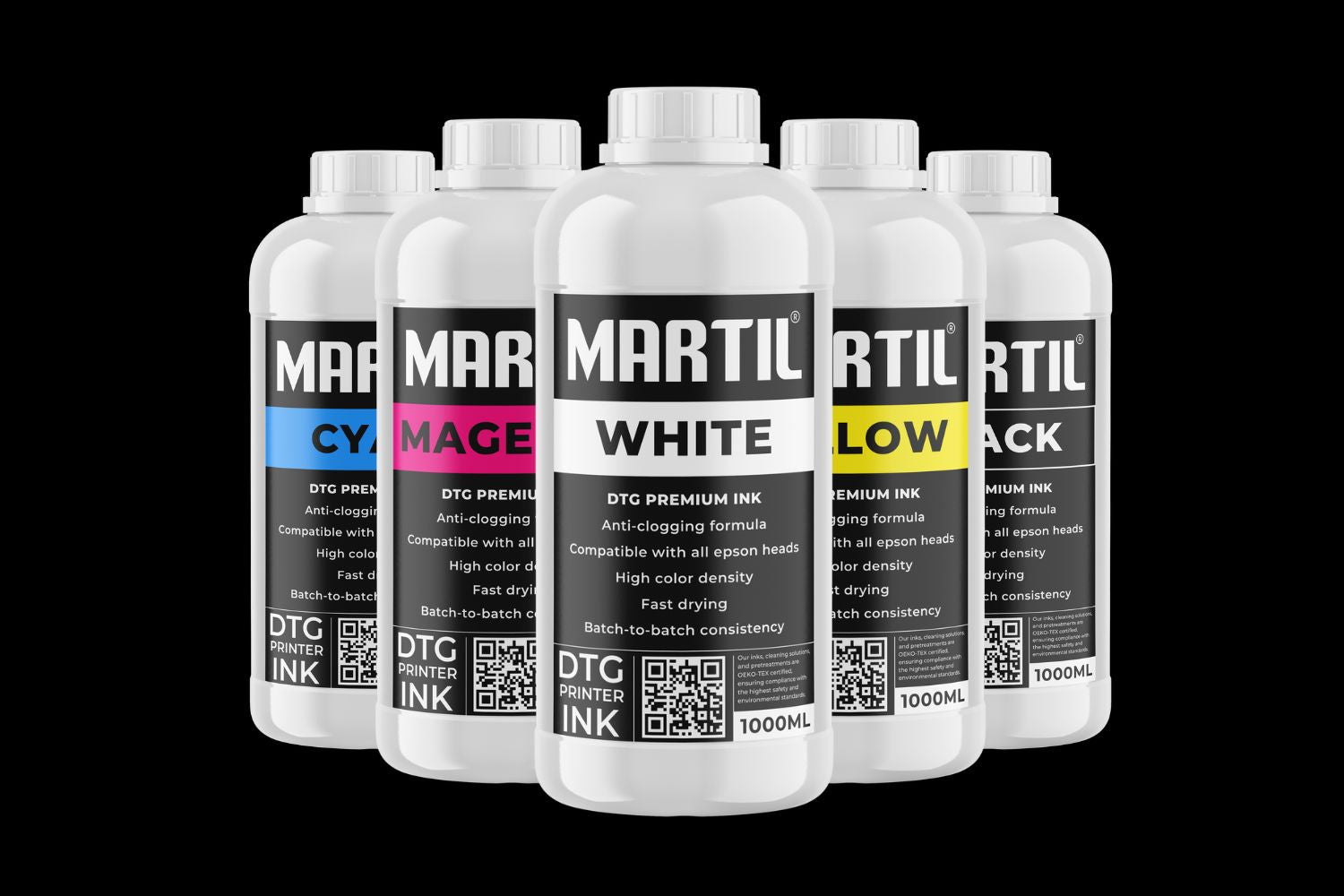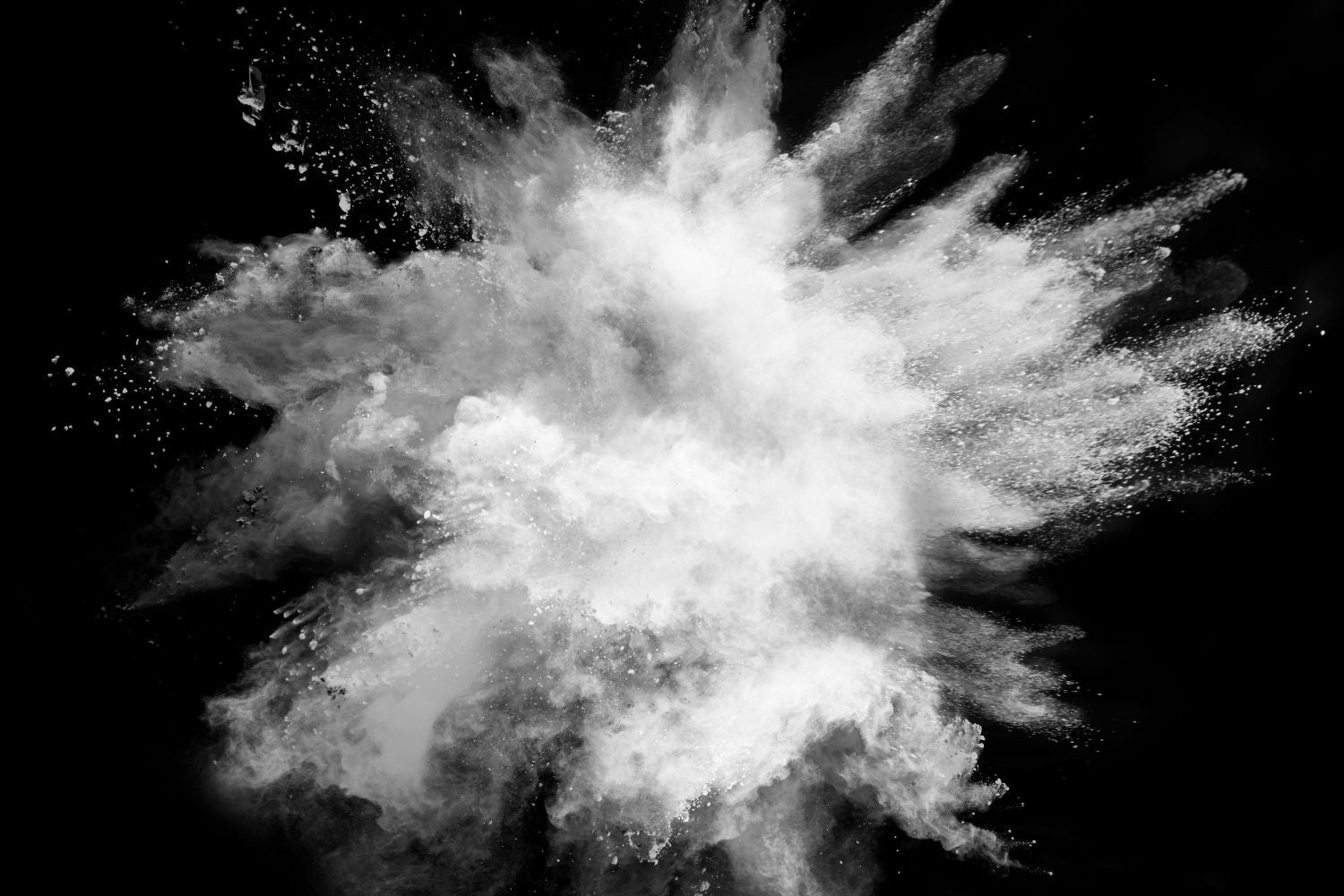Introduction
DTF (Direct to Film) printing has established itself as an innovative solution for personalizing a wide range of textiles with vibrant colors and high durability. But to achieve optimal results, it's not enough to have a high-performance printer and quality inks: the choice of DTF-printed textiles is essential.
Not all fabrics react the same way to DTF transfer. Some allow for excellent film adhesion and maintain intense colors, while others, if poorly suited, can cause rapid peeling or loss of quality after washing. An incorrect choice of textile can also result in excessive ink consumption or a grainy effect on the print.
DTF printing textiles must be selected based on several criteria: composition (cotton, polyester, blends), fiber structure, weight, and fabric finish. By understanding these factors, you can optimize your prints and ensure maximum customer satisfaction.
In this article, we'll look at the best DTF printing textiles , their pros and cons, and some practical tips for avoiding common mistakes.
👉 Get perfect prints with our complete collection of DTF supplies !
Cotton: a key textile for DTF printing
Why is cotton ideal for DTF printing?
Cotton is one of the most popular DTF printing fabrics due to its ability to absorb ink and deliver crisp, clear results. It's ideal for vibrant, long-lasting prints, especially for t-shirts and sweatshirts.
However, cotton tends to absorb more ink than other textiles, which may result in slight overconsumption and the need to adjust RIP and heat press settings.
👉 Pair a good textile with our high-quality DTF ink for optimal results.
The limits of cotton in DTF printing
Cotton can be more demanding in terms of temperature and pressure to ensure optimal transfer adhesion. Too low a temperature can cause the design to peel off quickly, while pressing too hard can leave marks on the textile.
Best practices for optimizing cotton printing
- Use a temperature between 150 and 160°C to ensure good adhesion.
- Perform a pre-press to remove moisture from the textile and improve transfer.
- Test the settings on a sample before mass production.
Polyester: a textile that requires specific adjustments
Advantages of Polyester for DTF Printing
Polyester is an excellent choice for DTF printing textiles due to its smooth surface, which facilitates good transfer adhesion. It is commonly used for sportswear and technical textiles, as it allows for crisp, clear printing.
👉 Get vibrant colors on polyester with our specialized DTF ink .
Risks and challenges of polyester in DTF
Polyester can be heat sensitive and may cause slight yellowing or fabric distortion if the temperature is too high. Therefore, it is crucial to adjust the pressing pressure and time to avoid these unwanted effects.
Techniques for successful printing on polyester
- Reduce the pressing temperature to around 140°C to avoid burns.
- Use medium pressure to avoid crushing the fiber.
- Apply a special pretreatment to improve adhesion on certain synthetic fabrics.
Cotton/polyester blends: a good compromise?
Why choose a cotton/polyester blend?
Blended fabrics combine the benefits of cotton and polyester, providing a balance between ink absorption and transfer strength. They provide a crisp, durable finish with good flexibility and wash resistance.
👉 Pair a good textile with our quality DTF supplies for optimal results.
Common Mistakes with Mixed Fabrics
Some blends can be problematic if the polyester content is too high, which can prevent the transfer from fixing properly. It is essential to test each textile before launching a full production run.
Tips for a perfect finish on mixed fabrics
- Adjust the pressing temperature between 145 and 155°C depending on the cotton/polyester proportion.
- Choose suitable inks to ensure good adhesion and optimal hold after washing.
- Perform a test on a sample to adjust the settings before final printing.
👉 Test your prints on mixed fabrics with our suitable DTF ink .
Technical and special textiles: what do you need to know?
DTF printing on stretch fabrics: a challenge to overcome
Stretchy fabrics like lycra or elastane require special care. DTF printing can crack on these fabrics if the temperature or pressure is incorrectly set.
The case of nylon and waterproof fabrics
Nylon and waterproof fabrics are more difficult to print with DTF because they tend to repel ink. In these cases, a specific pretreatment is often necessary to improve transfer adhesion.
Tips for successful printing on technical textiles
- Use a special adhesive to ensure a good hold.
- Avoid high temperatures which can alter the texture of the textile.
- Test on a sample to adjust parameters before production.
👉 Adapt your techniques with our professional DTF solutions .
Conclusion
Choosing the right DTF printing fabrics is a key factor in ensuring the quality and durability of your prints. Each type of fabric has its own advantages and challenges:
- Cotton provides excellent ink absorption and crisp rendering.
- Polyester ensures good printing precision but requires specific adjustments.
- Cotton/polyester blends provide a good compromise between absorbency and durability.
- Technical textiles require precise adjustments to avoid cracking and ensure optimal adhesion.
By applying best practices and choosing quality inks and films, you can optimize your printing and ensure maximum customer satisfaction.
👉 Discover our complete collection of DTF supplies and get perfect prints on all your textiles!




Leave a comment
This site is protected by hCaptcha and the hCaptcha Privacy Policy and Terms of Service apply.